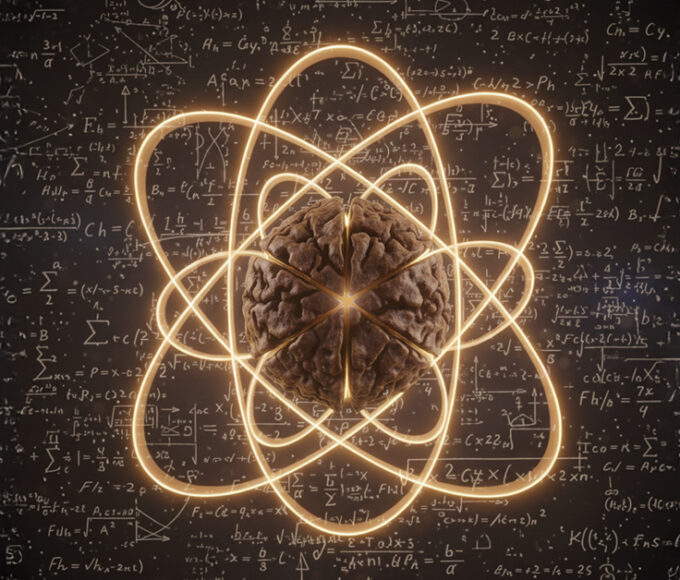Samudra Manthan is a hugely popular saga in Hinduism and is a fascinating episode to learn about. This saga is also why Lord Shiva has such loyal devotees who sing mantras and visit his temples to feel spiritually closer to him. This is discussed often but little is known about the complexities and nuances of this focal part of Hinduism.
So let’s delve deeper into the significance of Samudra Manthan and how it reshaped Hinduism as we know it!
What Led to Samudra Manthan
It all began when Lord Indra, God of thunder and rains, riding on his divine elephant called Airavata, met the Sage Durvasa who offered him a special garland that Lord Indra placed onto the trunk of Airavata. However, Lord Indra’s elephant threw the garland onto the ground because it attracted bees, which caused Airavata a lot of annoyance.
This act deeply offended Sage Durvasa since the garland was the abode of Sri and was supposed to be treated like Prasad. This act compelled the sage to curse all the Gods to lose their power, along with their fortune and strength.
The Conflict Between Devas & Asuras

This led to a conflict between Devas (gods) and Asuras (demons) resulting in widespread violence and death as Asura Bali defeated the Devas and asserted control over the universe. This was concerning enough for the Gods to consult Lord Vishnu and it was he who suggested that the Devas procure Amrit (the elixir of immortality) that’s embedded deep in the ocean to regain their lost strength and power.
Ultimately, it was decided that the Amrit had to be retrieved from the depths of the ocean but it couldn’t be done by the Devas alone as they were rendered powerless by Durvasa’s curse, this led to the Asuras helping churn the ocean and this Amrit would be shared amongst everyone as a peace treaty.
Samudra Manthan or The Act of Churning The Ocean

Samudra Manthan is a Sanskrit phrase defined as churning the ocean and committing this act was nearly impossible despite the Asuras and Devas joining forces.
This is why the mount Mandara and the snake god Vasuki were used to churn the ocean. It was also agreed upon by the Devas to hold the snake’s tail while the Asuras took control of the snake’s head. Lord Vishnu himself had to take the form of Kurma to support the weight of Mount Mandara on his back.
Emergence of Valuables from Samudra Manthan
Samudra Manthan led to the emergence of several valuables and other objects of divine interest. These included Kalpavriksha, the wish-granting tree, and Kamadhenu, the cow capable of granting wishes which were gifted to the sages courtesy of Lord Shiva. The Asuras took the seven-headed horse called Uchhaishravas and Varuni, a tree capable of producing wine.
The Devas, on the other hand, took Parijat, famous for being the tree that always blossoms. The Goddess Laxmi also emerged from this ocean and eventually married Lord Shiva. The Moon, deemed as Chandra would also emerge from this ocean and it was Lord Shiva who adorned it. Lastly, Dhanvantari would emerge from the body of water holding a pot of Amrit, the elixir that was sought-after by everyone although this would also lead to the emergence of Halahala, a poison that could potentially destroy the entire universe.
Halahala & How Lord Shiva Saved the Universe
While Samudra Manthan did lead to the recovery of the Amrit, it also led to the emergence of a poison called ‘Halahala’ entrenched in the ocean alongside the Amrit. The Devas feared for the universe’s safety and approached Lord Shiva to help save life as we know it.
Lord Shiva is a selfless deity so he chose to drink the poison and save the rest of the world, Mata Parvati helped prevent the spread of poison to Lord Shiva’s entire body by placing her hands on his throat, giving it a blue appearance and earning him the monicker of Neelkanth.
Conclusion
This epic is studied even today by mythological and religious scholars and Samudra Manthan is rightfully considered one of the most important events in Hinduism and this great event will continue to be studied for years to come owing to its significance.


















Leave a comment